Air compressors are great tools for a wide range of applications. They power everything from nail guns to sanders and even help inflate car tires. But choosing the right compressor for your specific needs can be tricky.
To get the most out of your air compressor, you must size it correctly for the job. Here we will take you through all the steps. To determine how to size an air compressor for a specific application. We will also cover factors such as air pressure, CFM requirements, horsepower, tank size.
And duty cycle that affects the performance of an air compressor. Additionally, we have included tips on choosing the right type of compressor and how to size an air compressor for a specific application of common leaks that may occur in your compressor’s system.
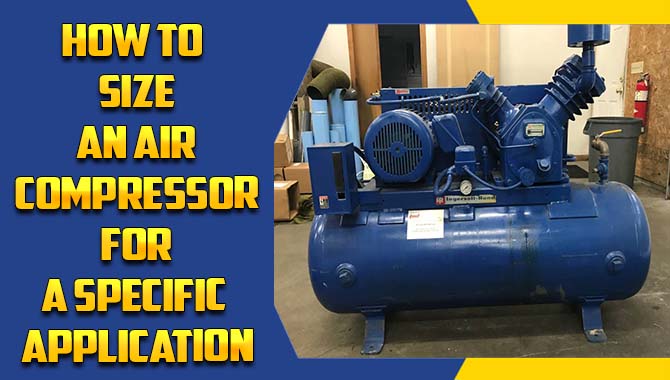
Steps On How To Size An Air Compressor For A Specific Application
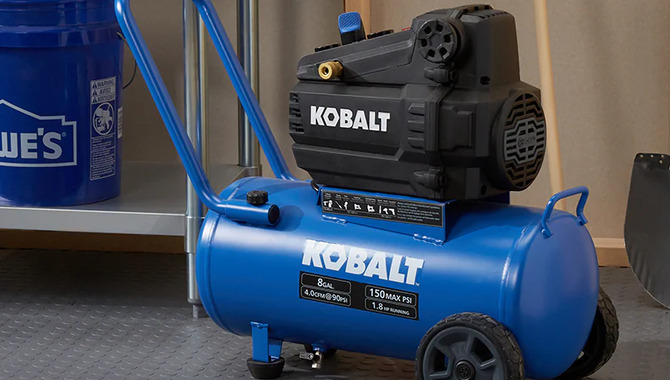
When it comes to choosing the right air compressor for a specific application, it’s important to consider several factors. By following these steps and taking into account all relevant factors, you can ensure that you choose the right air compressor for your specific application needs. Here are some steps on how to size an air compressor for a specific application for your needs:
- Determine the required airflow. The first step is to determine the amount of airflow that your application requires. This can be done by calculating the required cubic feet per minute (CFM) or liters per minute (LPM).
- Consider the pressure requirements. In addition to airflow, you’ll also need to consider the pressure requirements of your application. This is typically measured in pounds per square inch (PSI) or bar.
- Calculate the total CFM/PSI requirements. Once you have determined the required airflow and pressure, you can calculate your application’s total CFM/PSI requirements.
- Choose an appropriately sized compressor. Based on your calculations, choose an air compressor that meets or exceeds your total CFM/PSI requirements.
- Consider other factors. Other factors to consider when sizing an air compressor include duty cycle, motor horsepower, and tank size.
How To Choose The Right Air Compressor
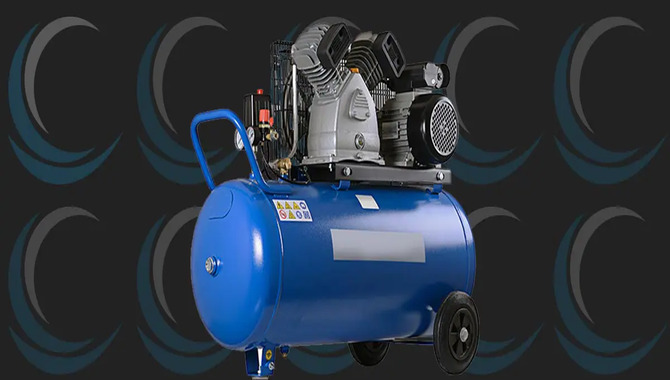
Choosing the right air compressor involves various considerations. Calculating CFM requirements is crucial, as is determining operating pressure. The duty cycle must be factored in as well. Power sources and available space should not be overlooked.
It is a good idea to choose a reputable brand that meets maintenance requirements. There are different types of air compressors, such as oil-free, rotary screws, Fair and centrifugal compressors, suitable for industrial applications. A bit of research can help determine which type is best suited for your needs.
Factors To Consider For Specific Applications
When selecting an air compressor for a given application, it is crucial to consider several factors. Determining the amount of compressed air required by the tools or equipment is the first step. This is measured in cubic feet per minute (CFM), and it determines how much air your compressor needs to supply per minute.
After that, you’ll need to look at the pressure requirements (measured in PSI) and duty cycle (the time your compressor can operate continuously without overheating).
Other variables like portability, noise level, power source, and future expansion plans might also impact your decision when selecting an air compressor size. Before making any purchases, it’s always a good idea to conduct some research on different types of compressors available for industrial applications.
Understanding Air Pressure
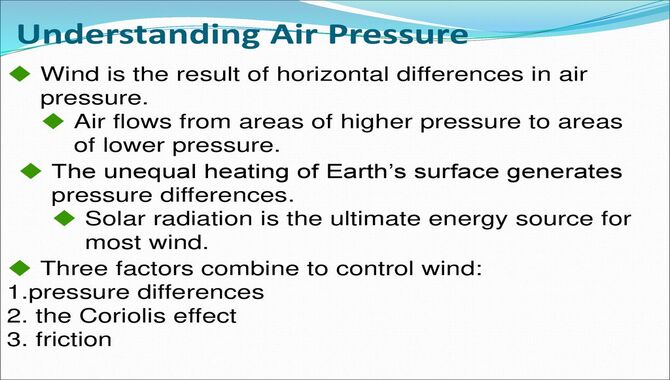
Choosing the right air compressor for a specific application can seem daunting, but you can make an informed decision by understanding air pressure. The first step is determining the required cfm (cubic feet per minute) of air for your application and considering the operating pressure, duty cycle, power source, and available space for the compressor.
Pressure is measured in pounds per square inch (psi) and determines the amount of force behind the compressed air supplied by the compressor. Higher pressure requirements may require a larger tank size or a higher horsepower motor. Consulting with an expert is always a good idea to ensure you have enough compressed air for your needs without overspending on a larger compressor.
Calculating Cfm Requirements
Selecting the appropriate compressed air system for industrial applications involves calculating the cubic feet per minute (CFM) requirements, a critical factor in determining the correct size of an air compressor. To determine CFM requirements, one must know the desired pressure level and amount of compressed air needed for powering specific tools or equipment.
Certain tools demand higher airflow rates than others. As such, choosing an air compressor unit that provides enough CFM without overspending on superfluous features is essential. For instance, higher pressure level requirements may entail larger horsepower motors and larger tanks. When sizing an air compressor, consulting with an expert is always a good idea.
Horsepower And Its Importance
Selecting an appropriate air compressor for a given application requires careful consideration of several factors, including horsepower. The amount of power output by the motor determines how quickly the compressor can operate.
A good rule of thumb is to choose an air compressor with enough horsepower to meet your requirements without overspending unnecessarily on features you don’t need.
When choosing an air compressor, consider other vital variables such as maximum pressure, CFM rating, and duty cycle. Whether it’s a rotary screw or piston compressor or whether you prefer oil-free or oil-lubricated models, doing a bit of research before settling on one that suits your needs best is always a good idea.
Tank Size And Air Capacity
Tank size and air capacity are crucial factors to take into account when selecting an air compressor for a particular application. The tank size is responsible for storing and dispensing compressed air when necessary. The larger the storage tank, the more compressed air it can hold, making it ideal for processes that require continuous use of compressed air like painting or sandblasting.
On the other hand, air capacity relates to the airflow generated by an air compressor and measure in cubic feet per minute (CFM). To ensure optimal operation, it’s essential to match your tool’s CFM requirements with your compressor’s CFM rating.
Duty Cycle For Consistent Performance
When choosing the right air compressor for your specific application, considering its duty cycle is crucial for consistent performance. The duty cycle refers to when the compressor can run continuously without a break. For applications that demand continuous operation, it’s best to look for compressors with a high-duty cycle rating, which ensures optimal performance.
A higher-duty cycle means the compressor can run longer without overheating or losing efficiency. When choosing an air compressor based on its duty cycle, consider other factors such as CFM (cubic feet per minute), PSI (pounds per square inch), and tank size. By doing so, you’ll ensure that your compressed air system meets all your application’s pressure requirements and air demands.
Different Compressor Styles And Uses
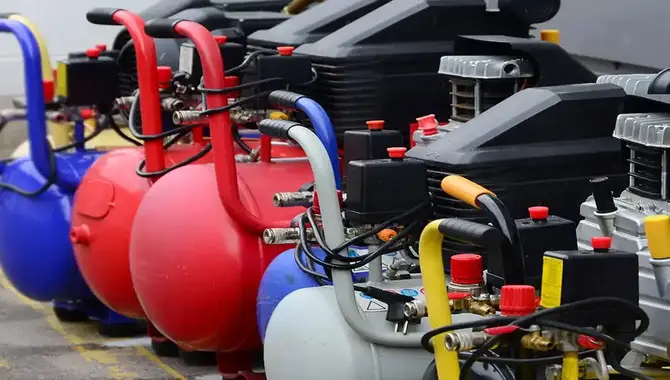
Air compressors are available in different types and sizes, with each type being ideally suited for specific requirements. Reciprocating compressors are perfect for smaller applications. Whereas rotary screw compressors are better suited for industrial needs that require a constant supply of compressed air.
Centrifugal compressors find applications in large-scale industries like power plants or oil refineries. It is essential to determine the exact requirements before selecting the appropriate air compressor size and style. Factors like PSI (pounds per square inch),
CFM (cubic feet per minute) requirements, horsepower of the electric motor, and duty cycle rating must be considered while selecting the right air compressor size and style for any given application.
How To Fix Compressor Leaks
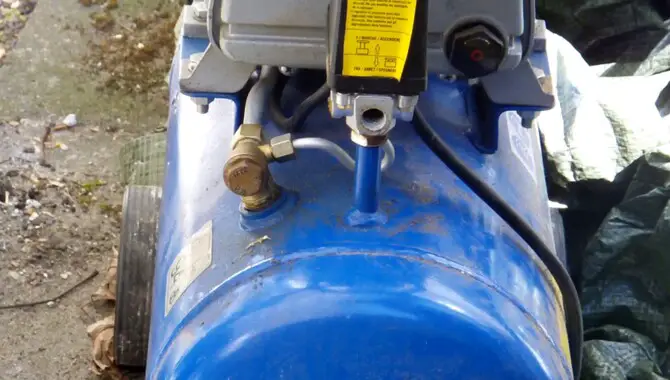
If your air compressor isn’t functioning as it should due to leaks, there are ways to fix the problem. The first step is identifying where the leak is coming from, which can be done by listening to hissing sounds or using soapy water to locate bubbles. Once discovered, determine whether it’s minor enough to fix with sealant or if it requires parts replacement.
For bigger issues, contacting professionals might be necessary. To avoid such problems in future, ensure that you have the right compressor size according to your compressed air requirements and pressure needs of your tools and devices.
It’s also important to choose the right compressor type – rotary screw compressors are better suited for industrial applications that require continuous compressed air supply, while reciprocating ones are ideal for small-scale applications and DIY projects.
Conclusion
Selecting the right size of air compressor for a specific application is essential to ensure optimal performance and efficiency. Properly sizing an air compressor is crucial to ensuring optimal performance and efficiency for your specific application.
It’s important to consider factors such as air pressure, CFM requirements, horsepower, tank size, duty cycle, and compressor style when selecting the right one. By following the steps, you can how to size an air compressor for a specific application that will meet your needs and keep your operations running smoothly.
And if you encounter any issues, such as compressor leaks. It is important to carefully consider the intended use of the compressor and consult with experts to ensure that it is properly sized for optimal performance and efficiency.
Frequently Asked Questions
[rank_math_rich_snippet id=”s-add977f2-7308-4435-b549-862966faaf31″]

I am passionate about home engineering. I specialize in designing, installing, and maintaining heating, ventilation, and air conditioning systems. My goal is to help people stay comfortable in their homes all year long.
